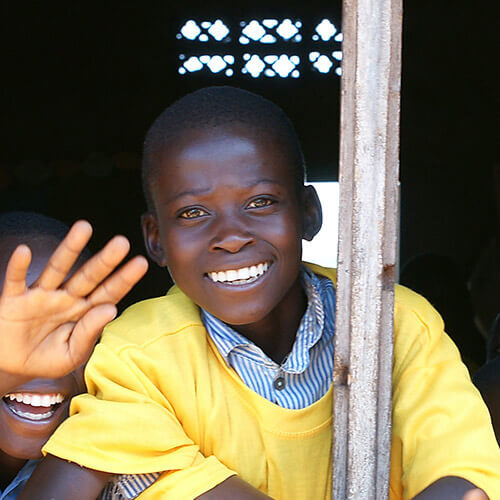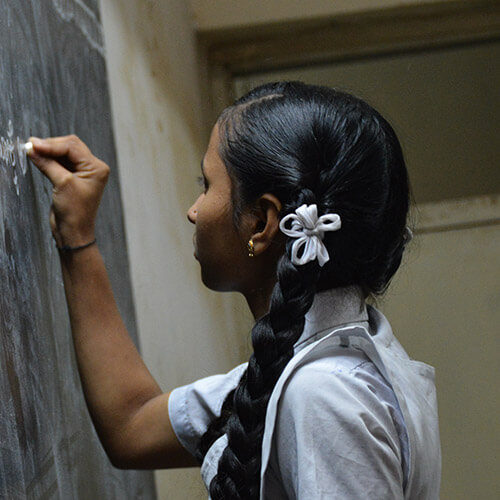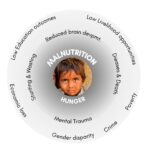Economic Outcomes and Human Asset Loss: The True Price of Child Malnutrition in India
Child Malnutrition has profound implications not only for the health and well-being of children but also for the economic and developmental trajectory of India.
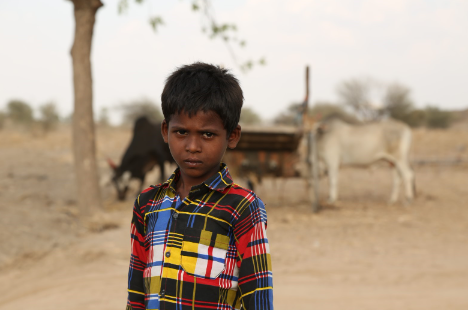
The Economic Cost of Malnutrition
India’s fight against child malnutrition extends beyond hunger and healthcare and is deeply intertwined with the nation’s economic progress. Children suffering from malnutrition experience significant setbacks in mental and physical development, which in turn affects their educational performance.
This situation has a ripple effect, leading to a workforce that needs to be more capable of contributing effectively to innovation and economic growth. As these children grow into adults, their limited skills and abilities impede the nation’s capacity to thrive in a competitive global economy.
The economic implications of this issue are staggering. According to the World Bank, malnutrition in India accounts for a yearly loss of up to 3% of its Gross Domestic Product (GDP).
This high cost highlights the urgent need for intervention. The loss isn’t just in immediate healthcare expenses but also in the long-term impact on India’s economic potential.
The diminished workforce quality due to malnutrition hinders overall productivity and growth, making it imperative for the country to address this issue not just for health reasons but as a crucial economic strategy.
The Loss of Human Assets
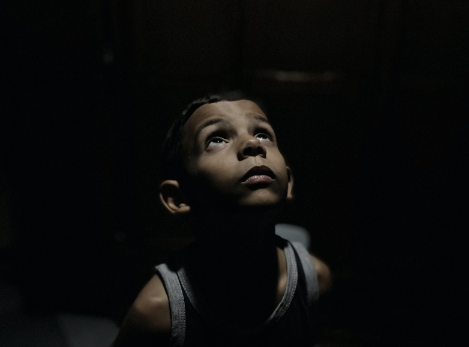
The Loss of Human Assets goes beyond immediate health concerns and statistical data. It delves into the more profound, intangible impacts of malnutrition on a child’s life and, by extension, on society.
Each child suffering from malnutrition is seen not just as a statistic but as an individual with unexplored potential. These children, due to their compromised health and development, may not be able to realize their dreams or develop their talents fully. This is the “individual loss” – where each child might miss out on personal achievements and fulfillment.
However, the impact extends beyond the individual. When a child fails to reach their potential due to malnutrition, society loses out. This is the “collective loss.” The unique contributions each child could have made to the nation’s cultural, intellectual, and economic fabric remain unrealized.
This loss is profound because it affects the nation’s progress and development. The potential artists, scientists, leaders, and innovators who could have driven societal advancement still need to be improved by the early setbacks of malnutrition.

ANNADA's Three-Pillar Model for Combating Child Malnutrition
- Physical weakness and fatigue.
- Decreased ability to concentrate and perform tasks.
- The weakened immune system leads to a higher risk of illnesses.
- In children, it can hinder growth and development.
Solutions:
- Nutrition Adequacy: Bridge the nutrition gap. Leverage innovative food technologies to deliver & provide fortified, energy-dense & community relevant nutrition safely at the last mile in an uncomplicated & cost-effective manner. Train & integrate community based front line workers to ensure safe & standardized execution & support them.
- Nutrition Awareness: Enable sustainability and maximize impact by promoting health-seeking behaviors & good nutrition practices while dark-lighting myths & unsafe habits. Consistently communicate with beneficiary family, community & local government.
- Nutrition Advocacy: Enable scalability of outreach by driving cause awareness & solution scalability amidst current stakeholders, govt. eco-system & donor community. Document results, collate & analyze data to build a strong case study for advocacy.
The Path Ahead
The path to eradicating child malnutrition in India is long and complex. But it’s a journey worth taking. There is a need for focused interventions to address child malnutrition in a comprehensive manner.
The actual price of child malnutrition in India is measured not just in economic terms but in the untapped potential of a generation. As we move forward, let us remember that the fight against malnutrition is not just a moral imperative but an investment in the nation’s future – an investment in human capital that will yield dividends for future generations.
Nutrition adequacy for children below 6 is the catalyst that can unleash our human capital. It will help them to attain:
- Adequate immunity & health
- cognitive & physical growth
- Education
- Livelihood
Together, we can turn the tide against child malnutrition, unlocking the true potential of India’s youngest citizens.
In the vast tapestry of India’s socioeconomic landscape, the issue of child malnutrition stands out as a glaring stain. Behind the statistics lies a harsh reality: the toll of malnutrition extends far beyond the immediate health implications, permeating into the fabric of economic development and human potential. In this blog, we delve into the intertwined dynamics of economic outcomes and human asset loss stemming from child malnutrition in India, uncovering the actual price the nation pays.
Understanding the Dimensions of Child Malnutrition
- Child malnutrition manifests in various forms, including stunting, wasting, and underweight, each reflecting a deficiency in essential nutrients vital for growth and development. Despite India’s strides in economic growth, the prevalence of malnutrition remains stubbornly high, particularly among marginalized communities. Behind each statistic lies a child robbed of their potential, shackled by the chains of malnutrition.
Unpacking the Economic Ramifications
The economic repercussions of child malnutrition are multifaceted and profound. At a macroeconomic level, the loss in productivity due to stunted physical and cognitive development translates into a drag on overall economic growth. Malnourished children grow into adults with diminished earning capacity, perpetuating a cycle of poverty across generations. Moreover, healthcare costs associated with treating malnutrition have already stretched public resources, diverting funds from other critical sectors.
Human Asset Loss: A Price Too High
Beyond economics, the true tragedy of child malnutrition lies in the squandered human potential. Every malnourished child represents a lost opportunity for societal progress, a mind deprived of the nourishment needed to flourish. The long-term consequences extend beyond individual lives, reverberating through communities and hindering the nation’s ability to harness its demographic dividend.
Long-term Economic Benefits through Human Asset Development
Amidst the grim narrative, a glimmer of hope exists the promise of long-term economic benefits through human asset development. Investing in nutrition interventions targeting children during their crucial developmental years yields returns that extend far into the future. A well-nourished child grows into a healthier adult and unlocks their full cognitive potential, becoming a productive member of society capable of contributing to economic growth.
Towards a Holistic Approach
Addressing child malnutrition demands a holistic approach that transcends mere band-aid solutions. It requires concerted efforts across multiple fronts, from improving access to nutritious food and healthcare to enhancing maternal and child welfare services. Furthermore, tackling the underlying determinants of malnutrition, including poverty, inequality, and inadequate sanitation, is essential for sustainable progress.
Charting a Path Forward
The battle against child malnutrition looms large as a defining challenge in the complex tapestry of India’s development journey. By recognizing the intertwined dynamics of economic outcomes and human asset loss, we can galvanize collective action toward a future where every child can thrive. The actual price of child malnutrition in India extends beyond economic metrics—it is measured in the unrealized dreams and untapped potential of millions. As we strive towards a healthier, more prosperous nation, let us remember that investing in our children today is an investment in India’s tomorrow.


